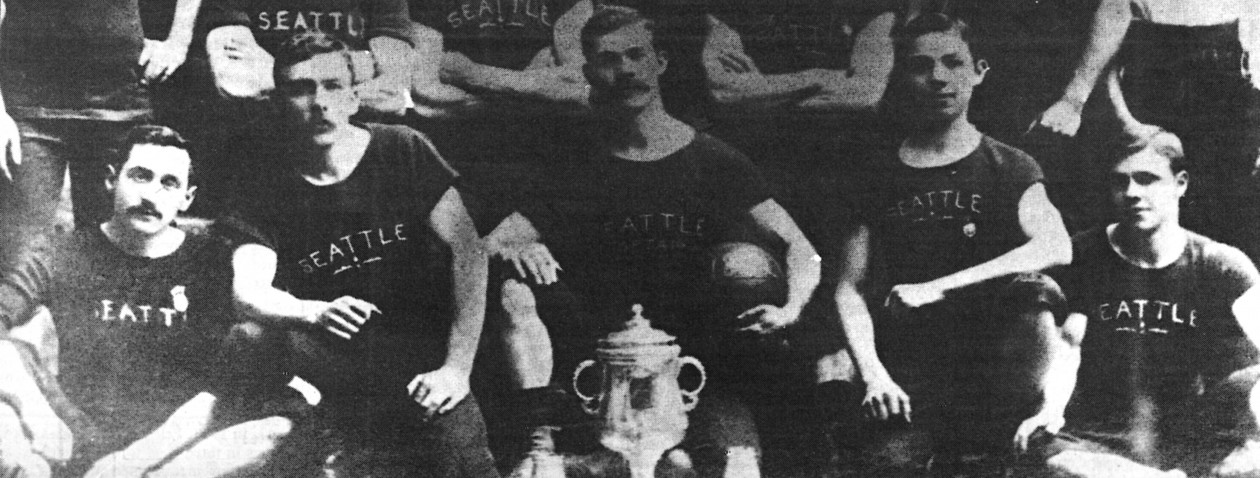Professional sports is generally depicted as glamorous, a high life where players mix with other celebrities, relax at exotic and exclusive destinations and, all and all, lead a jet-set existence.
Truth be told, the majority of those being paid to perform in the athletic arena are relatively simple folk who face many of the same struggles of the common human. And while the rock star may flash a Rolex and rumble off in a Lamborghini, the stories told by the rank and file are interesting in their own right and, without question, more relatable.
Take the fishing story of Roger Levesque. Our smiling, swashbuckling former Sounder forward is well-known for his pirate face and his scuba celebration. But how many know that Levesque made his pro soccer life possible by fishing the open sea?
For over 12 years, Levesque held a commercial fishing license, working out of ports such as Astoria, Westport and Bellingham. Out into the Pacific they’d sail in search of sablefish, a.k.a. black cod. When the USL Sounders season ended, he would go out to sea where the catch enabled him to make ends meet.
“I couldn’t buy a house or condo, and it was a huge investment at the time,” explains Levesque, who took out a line of credit to pay $90,000 for the license in 2006. “It helped bridge the gap.”

Stormy Weather
In October, the weather can contribute to rough seas, and Levesque and the crew would usually stay out 2-3 days until they reached their limit. At times, it could take a week. They might sleep for a couple hours as the lines soaked, but it could be 36 straight hours of demanding and sometimes dangerous work.
Continue reading All Salaries Aside






